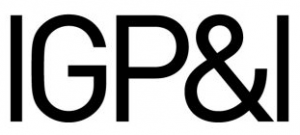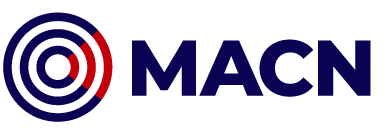It has been nearly two years since the Trans Carrier spill of plastic pellets, Gard’s first experience with a major “nurdle” spill. In this three-part series of podcasts, we spoke with those involved in the casualty and clean-up as well as an independent scientist and policy expert to learn from the experience and explore ways to prevent such spills in the future.

Learning from experience – The Trans Carrier nurdle spill
Published 16 January 2022
In February 2020, the Ro-Ro vessel, Trans Carrier, hit heavy weather off the Danish coast on its way to Stavanger, Norway. A container on deck shifted and was damaged in the storm, spilling thirteen tons of plastic pellets or “nurdles” as they are often called into the sea. The nurdles dispersed widely in the wind and current accumulating in the Oslo fjord.
In the first of a three-part series our guest, Gisle Rong for Sea Trans and Gard’s Ole Aasbø tell what happened in the aftermath of the casualty including their personal experience with the clean-up operation.
Our second interview is with Thomas Sturgeon of ITOPF, an international marine pollution consultancy and Gard’s go-to expert for clean-up advice in the aftermath of casualties involving pollution of all types. Nurdles are the building blocks for plastic products and are about the size and shape of a lentil. Thomas provides insight into the difficulty of the Trans Carrier clean-up due to the small size of nurdles and the wide disbursement.
Nurdles are produced by petro-chemical companies and shipped to the manufacturers that use them to produce plastic products. The Trans Carrier is a RoRo vessel which is short for Roll-on, Roll-off. For this type of vessel, containers are placed on a truck chassis rather than stacked in cells as is the method for a container ship.
Most nurdles are carried on container ships. The largest container ships have a capacity of 24,000 TEUs meaning they have the capacity to carry 24,000 twenty-foot containers. Nurdles can reach the sea due to container ship casualties, such as fire or from stack collapse in extreme weather. In our third podcast we speak with Brita Staal and Joan Fabres from SALT, a Norwegian consultancy specializing in marine pollution, marine management, and coastal development. Brita and Joan discuss the scope of nurdle pollution and the effect of nurdle spills on the environment and society as well as potential measures to prevent spills.
One clear lesson learned from Gard’s first experience with a major nurdle spill is that prevention is better than cure. Manufacturers of plastic pellets through their trade associations have published guidelines for transport and handling of pellets – “Operation Clean Sweep”. Do the guidelines adequately address marine transportation in the age of the mega container ships? Are voluntary measures sufficient to prevent spills or will regulation specific to nurdles also be required? These are questions that manufacturers, carriers, insurers, regulators, and other stakeholders must discuss and decide. The sooner, the better.
We thank SeaTrans, ITOPF and SALT for their participation in the discussion.
All of our OnWatch podcasts are available on Spotify, iTunes, Amazon Music, Google Podcasts and Soundcloud.



